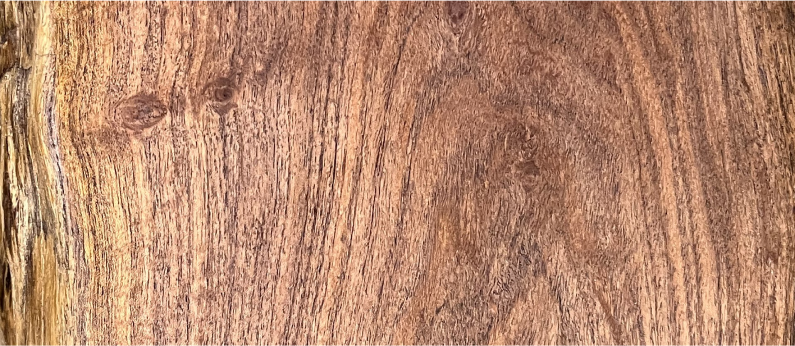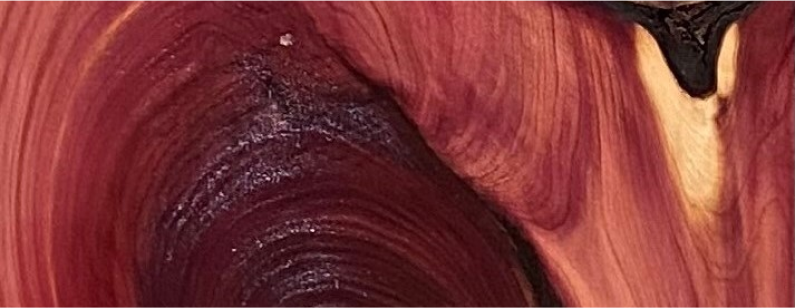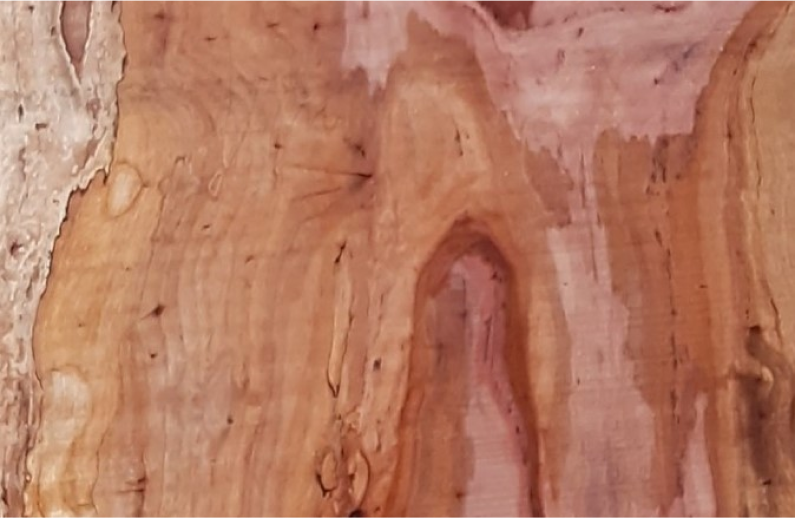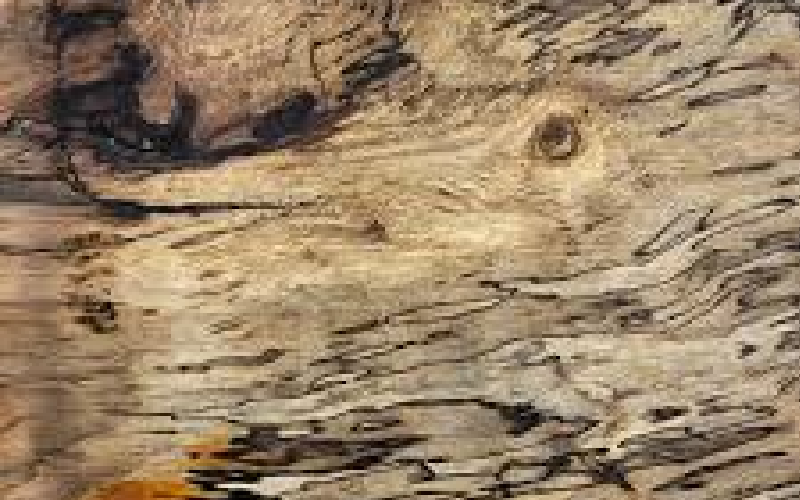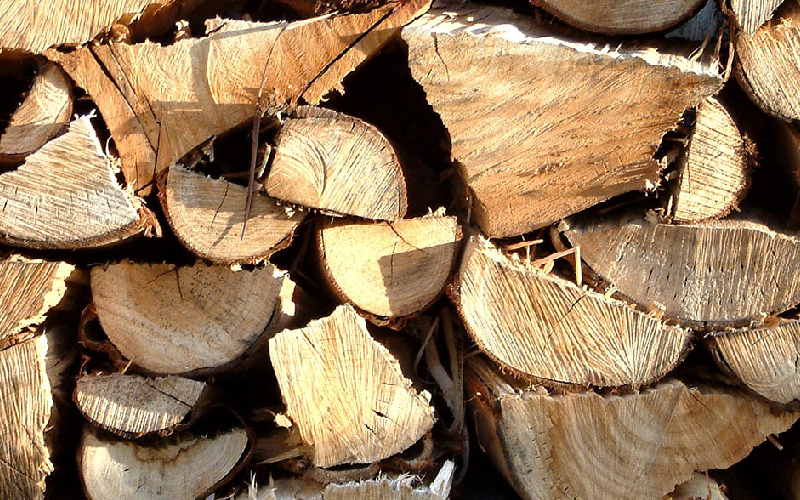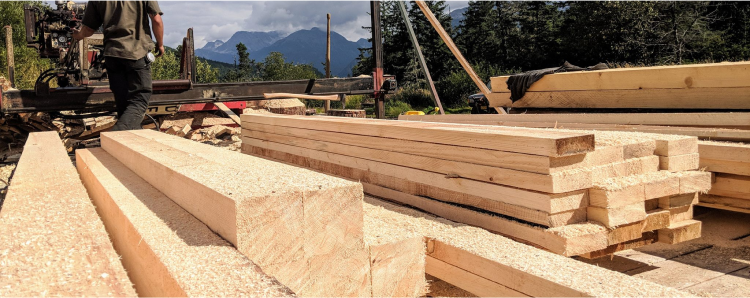3. Post Oak
Texas Post Oak grows naturally in Central Texas with most trees growing to 35-40 feet and occasionally reach a height of 60-80 feet with a trunk diameter diameters reaching 2 to 3 feet. Post Oak is a hardwood with a hardness scale equivalent to Maple, White Oak and Ash. Post Oak has a good range of tones from light to dark colors. Each board often has tones of gray, cream, brown, and contains knots in most cases. It works well for just about any interior application, including flooring, T&G siding, cabinet lumber, and bar tops. Exterior applications include fencing and posts, patio furniture (with proper finish), and barn siding.
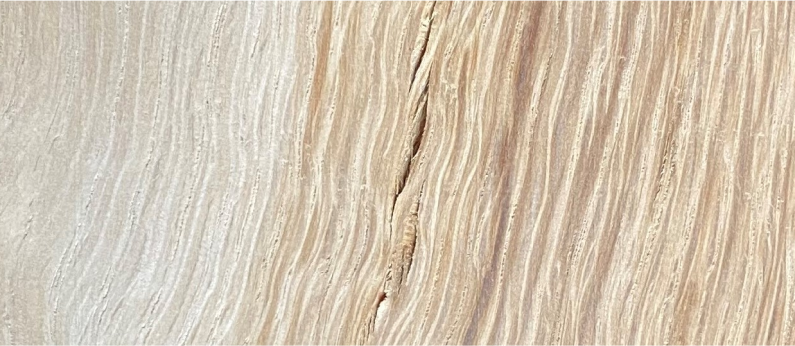
4. Mesquite
The Texas Mesquite tree is native to South and Central Texas and is a hardy slow growing tree that makes beautiful slabs and furniture. It is one of the hardest wood in America (2435 on the Janka Hardness Scale), twice as hard as Oak. The demand is growing for this often considered nuisance tree that farmers and ranchers are constantly battling to keep out of their fields. Mesquite lumber is one of the most dimensionally stable wood around and makes outstanding flooring that does not move with weather changes. The hardwood makes nice furniture, including table tops and benches, and makes beautiful cutting boards and charcuterie boards.
